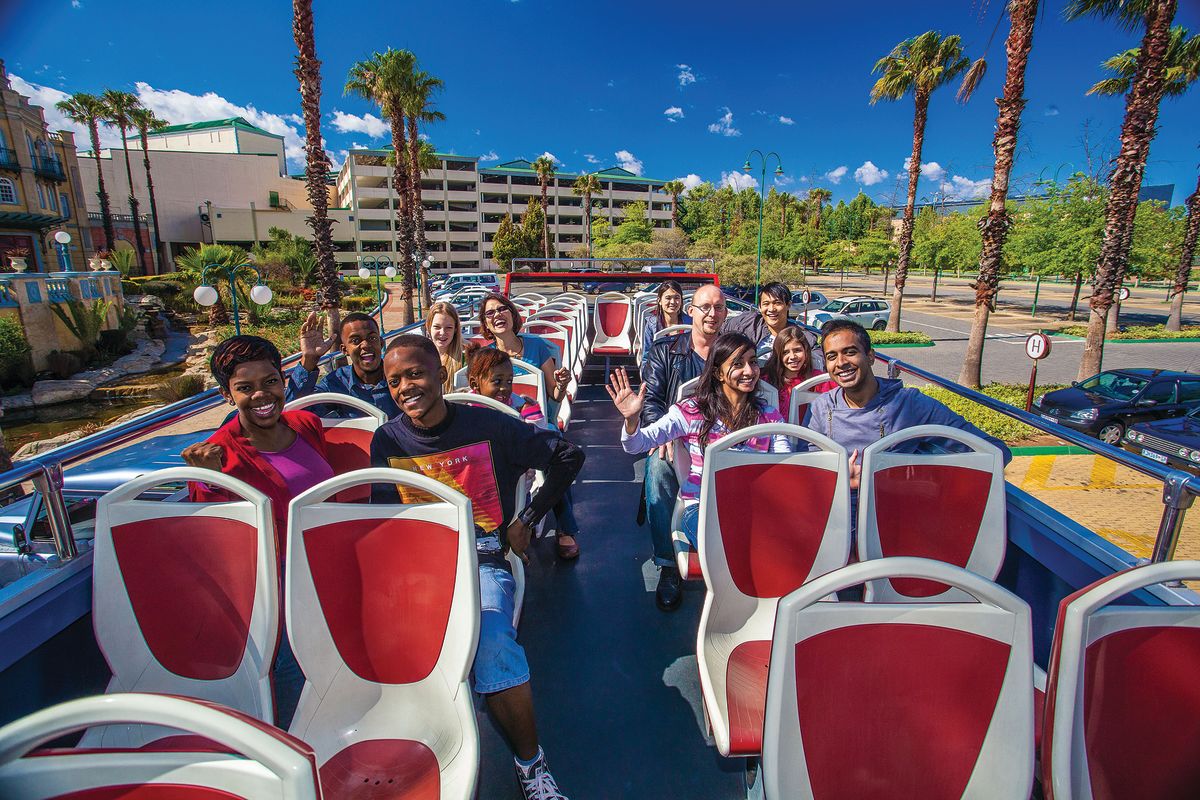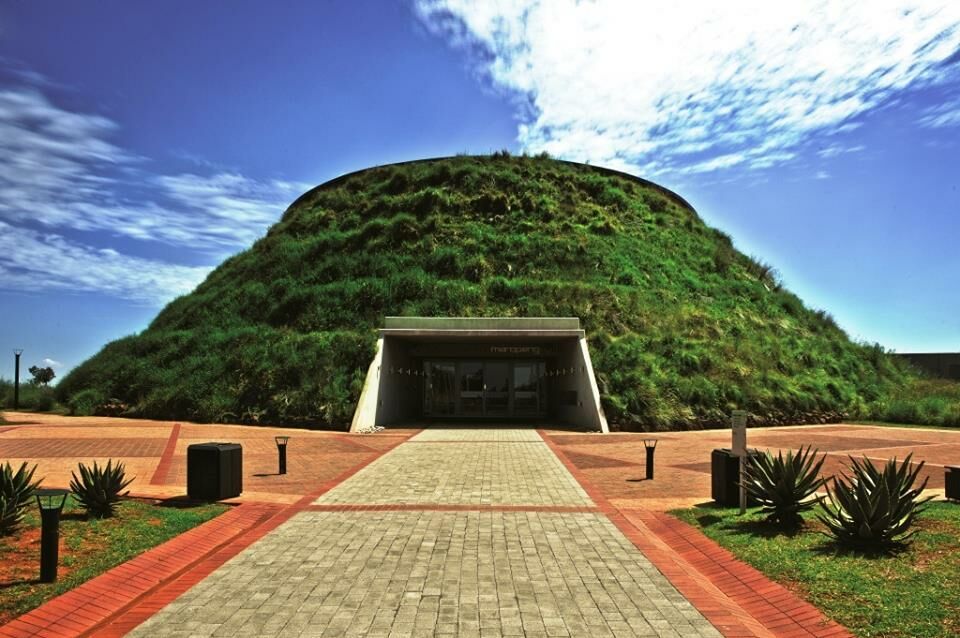Things about Johannesburg North Attractions
Things about Johannesburg North Attractions
Blog Article
Johannesburg North Attractions Things To Know Before You Get This
Table of ContentsThe smart Trick of Johannesburg North Attractions That Nobody is Talking AboutThings about Johannesburg North AttractionsJohannesburg North Attractions - TruthsSome Known Questions About Johannesburg North Attractions.Johannesburg North Attractions Things To Know Before You BuyOur Johannesburg North Attractions Statements
The city owes its location to the presence of a much more valuable resource: gold. The city grew on the side of the Witwatersrand Main Reef, a below ground stratum of gold-bearing quartz-silica conglomerate that arcs for hundreds of miles beneath the Highveld. The majority of the gold mines in the city stopped procedure in the 1970s, however in its day the Witwatersrand gold market accounted for greater than 40 percent of the world's annual gold production.Johannesburg has a temperate environment. Summer temperature levels balance about 75 F (24 C); winter temperature levels balance about 55 F (13 C) and just periodically dip listed below freezing. The city appreciates concerning eight hours of sunshine per day in both wintertime and summertime. Rainfall averages concerning 28 inches (700 millimetres) per annum, yet the overall varies substantially from year to year.
What rainfall the city receives falls almost solely in the summer season, usually in magnificent late-afternoon electric storms. Air contamination positions a substantial problem, specifically in the winter season, when thermal inversions restrain the westward flow of air from the Indian Sea. Pollution is most extreme in the largely worked out Black towns on the city's perimeter, where many locals still depend on coal for fuel.

Unknown Facts About Johannesburg North Attractions
The balance of the city is inhabited by whites. Holiday accommodation varies in personality and high quality. Soweto is infamous for its unlimited rows of municipally built, two-room matchbox homes, yet it also has a few flourishing territories in addition to bristling squatter camps, where tens of thousands live without water, electrical power, or hygiene centers.
Physical growth, although rather restricted by transportation, continued quickly as immigration to South Africa, and Johannesburg in certain, raised significantly.
The majority of bad suburban areas were blended, with bad blacks and whites living together, although the wealthy suburban areas were typically reserved for whites. This transformed with the political election of the National Celebration in the 1948 political elections, who started to formalise the system referred to as racism. Racism have a peek here formally assigned which suburbs each race can stay in under the Group Locations Act.
The previous system of eleven phoned number areas was reorganised in 2006. Marshalltown, as seen from the top of company website the Carlton Centre. The M1 and M2 run behind the buildings, and the southern suburban areas extend past the freeway limit. The internal city of Johannesburg lies within the city's Area F. The number of individuals living in the inner city on an informal basis is unknown, as several are prohibited immigrants. The unemployment, education and learning, and age profiles of the area are all unknown, due to the problem of getting reputable details concerning the location.
Johannesburg North Attractions Fundamentals Explained
Centred on the CBD, the region consists of the suburbs of Yeoville, Bellevue, Troyeville, Jeppestown, and Berea to the east. To the west it spreads to Pageview (Johannesburg North attractions) and Fordsburg. There are small industrial parks to the south, such as City West-Denver and Benrose. Around 800,000 travelers pass via the central city on a daily basis, and it operates as a regional shopping node for visitors from the southerly suburban areas. Yeoville and Bellevue have a mix of home buildings and solitary property units on little lots. The area is located on a hilly divide that runs from eastern to west.

A Biased View of Johannesburg North Attractions
R. Tambo International Airport). The eastern residential areas are a few of the oldest areas of Johannesburg, there are huge neighborhoods of Jewish and other European backgrounds, most of the populace is English speaking. There are three fairway along with a variety of secured ridges with viewsites. There are a number of strong and up-market amusement and buying locations in the east such as the Eastgate Shopping Center and the Greenstone shopping center.
Originally developed to house male migrant employees, several have actually been enhanced as houses for pairs and families. The suburban area was not historically allowed to create employment centres within the area, so nearly all of its homeowners are travelers to various other components of the city.
Some Of Johannesburg North Attractions
The property areas in the north suburban areas are mostly official, with no significant locations of casual housing, or real estate that lacks an irreversible framework. This is a recognized area, there is a trend of land usage modification from household to industrial, especially along main arterial roadways and around established nodes.
Roads to the east and west are much less well developed, as there are no freeways taking a trip in that instructions. Towards the northern boundary of the city, the find more info density of advancement lowers, leaving large locations of untaught land around Midrand.
Johannesburg North Attractions Can Be Fun For Everyone
The first residential area to the north of the central city is Parktown, which is situated on a hill forgeting the central city and Hillbrow. It has lots of wealthy locals and Edwardian-design estates, along with the Education and learning and Clinical campuses of the College of the Witwatersrand. The large concrete Charlotte Maxeke Johannesburg Academic Healthcare Facility dominates the skyline of Parktown.
Report this page